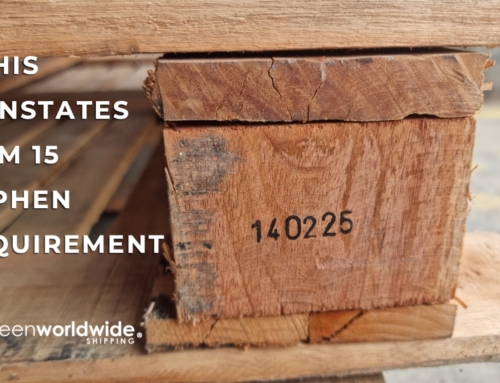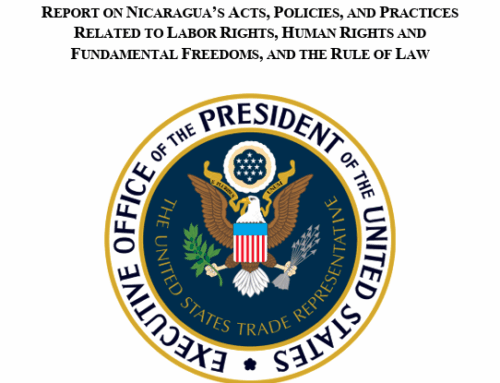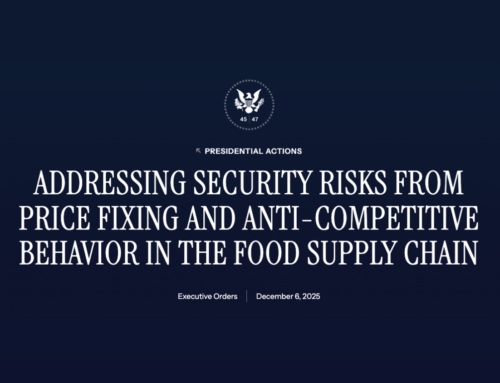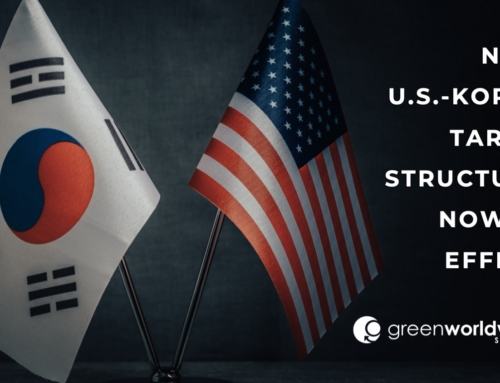YOU ASK, GREEN ANSWERS
WHAT IS THE DIFFERENCE BETWEEN FOREIGN TRADE ZONES AND BONDED WAREHOUSING AS TARIFF MITIGATION STRATEGIES?
Foreign Trade Zones (FTZs) and Bonded Warehouses are potentially beneficial tariff mitigation strategies available to U.S. importers. Both options offer deferred duty payment and strategic advantages under an evolving trade polity. However, they differ significantly in regulatory oversight, structure, operational flexibility, and long-term benefit.
FOREIGN TRADE ZONES
FTZs are designated sites considered outside U.S. Customs territory for duty purposes, allowing goods to be stored, processed, or manufactured without immediate tariff obligations. Tariff rates are locked in at the time of admission under Privileged Foreign status, making FTZs a strong fit for importers anticipating future tariff increases. FTZs also support a wider range of activities, offer indefinite storage, and allow weekly Customs entries, improving cash flow and reducing Merchandise Processing Fees (MPF) for approved users.
BONDED WAREHOUSING
Bonded Warehouses are used to store imported goods for up to five years without immediate duty payment. However, tariff rates are set when the goods enter U.S. commerce. This approach may benefit importers expecting future tariff reductions. Setup for a bonded warehouse is generally faster and less complex although operational activities are more limited and subject to stricter restrictions compared to an FTZ.
TARIFF MITIGATION BENEFITS
Each program serves different operational models and strategic priorities. Companies managing high-volume trade or seeking long-term tariff stability may benefit more from FTZ utilization. Businesses needing quicker setup or expecting tariff relief may prefer bonded warehousing. Ultimately, the choice depends on expected tariff exposure, inventory strategy, and the organization’s logistics framework.
Stay up-to-date on freight news with Green’s Weekly Freight Market Update by following us on LinkedIn. For continuous updates, make sure to check out our website at greenworldwide.com.





